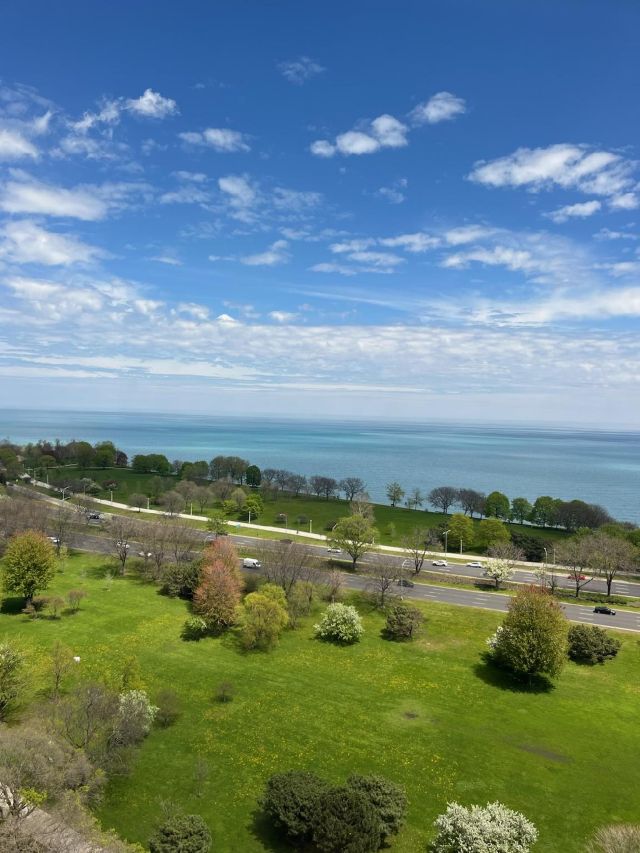Astoria-Megler bridge in fair shape, but it wouldn’t survive major ship strike
Published 10:08 am Wednesday, April 10, 2024

- Protective fenders on the piers of the Astoria-Megler Bridge’s southern high span are not designed to protect against major ship collisions.
The Astoria-Megler Bridge near the mouth of the Columbia River is as well-protected as any span against ship collisions, but it’s not likely to withstand an impact like the one that brought down a similar span in Baltimore on March 26.
Reduced risk doesn’t mean no risk, according to the Oregon Department of Transportation, which maintains the 58-year old structure.
The 4-mile steel truss span has curiously avoided the scrutiny directed recently at other crossings over busy waterways. It did not make lists that the Wall Street Journal and the New York Times assembled of bridges at risk of a ship collision.
Perhaps its remote location linking the Oregon and Washington coasts caused the bridge to avoid attention. Or perhaps its vehicular traffic volume — about 7,100 vehicles a day — is a fraction of that handled by the Francis Scott Key Bridge. But hundreds of large ships pass under it annually en route to ports in Longview, Kalama, Vancouver and Portland.
Perhaps it’s just that the bridge is in fair shape, including the “fenders” that protect the piers supporting the bridge’s 1,232-foot main span — the section that cantilevers over the Columbia River ship channel.
“The fenders on the main piers of the Astoria-Megler Bridge are considered heavy-duty and are in working condition. We have done risk assessments that comply with federal guidelines and are not considering enhanced protections around bridge piers at this time,” OSOT spokeswoman Katherine Benenati said.
“These protections are designed for the vessels we have historically seen in Oregon,” Benenati wrote.
Fenders are usually made of steel, rock and concrete and are a shield against ship collisions. The fenders on the Baltimore bridge proved inadequate, and those around the Lewis and Clark Bridge between Longview and Rainier corroded years ago.
Benenati cautioned that none of this means the Astoria bridge is immune from damage if a large vessel collides with the piers.
“Fenders on bridges are like fenders on cars; they are meant to absorb minor collisions with ships and storm debris but will not protect against major impacts like the one on the Key Bridge in Baltimore. … We want to echo Transportation Secretary Pete Buttigieg’s comment that he didn’t know of a bridge ‘that has been constructed to withstand a direct impact from a vessel of this size.’”
The bridge survived one “fender-bender” type accident when on Oct. 26, 1994 the U.S.-flagged Keystone Canyon, an 855-foot freighter, was blown off Pier One in Astoria and became grounded along the west side of the bridge. Two bridge abutments received minor damage. The vessel wasn’t under full propulsion and was only carrying ballast.
Most of the Astoria-Megler Bridge traverses water that is too shallow for large ships to sail in. All major cargo traffic goes under the main span, which raises nearly 200 feet above the river surface.
Bridge risk assessments must comply with federal guidelines and take into account the size of vessels that typical cross beneath them, and the Astoria-Megler Bridge complies, Benenati said.
However, “we recognize that vessels are increasing in size and expect in the future to get updated requirements” from the federal government and American Association of State Highway and Transportation Officials, she said.
ODOT annually publishes a detailed report about the condition of all 2,773 bridges across the state. Bridges are rated in good, fair or poor condition. The Astoria-Megler Bridge is in fair condition, Benenati said.






